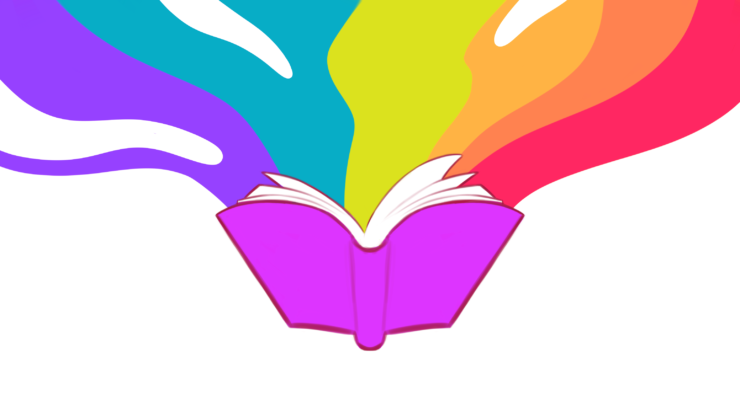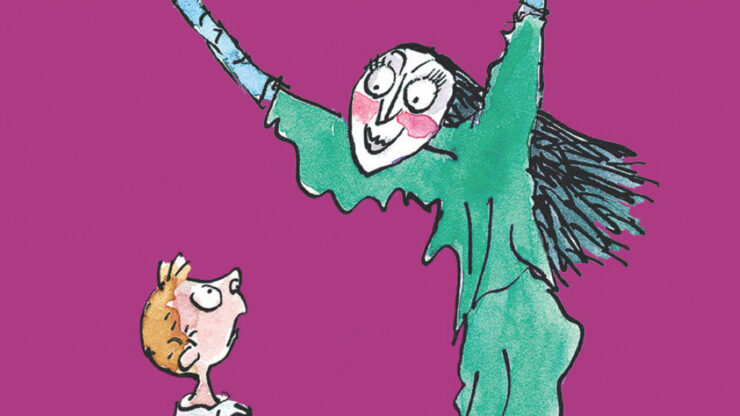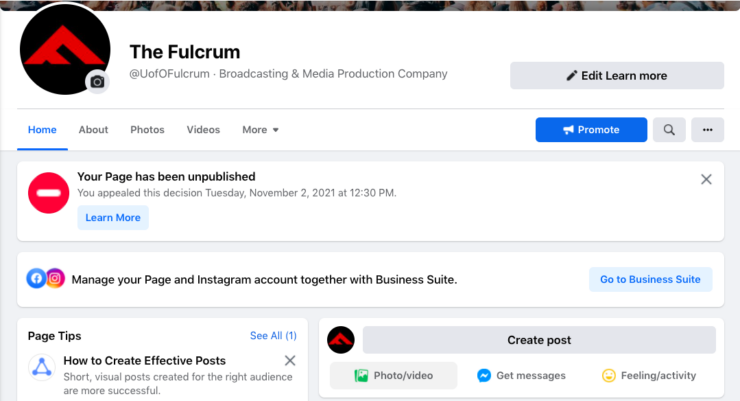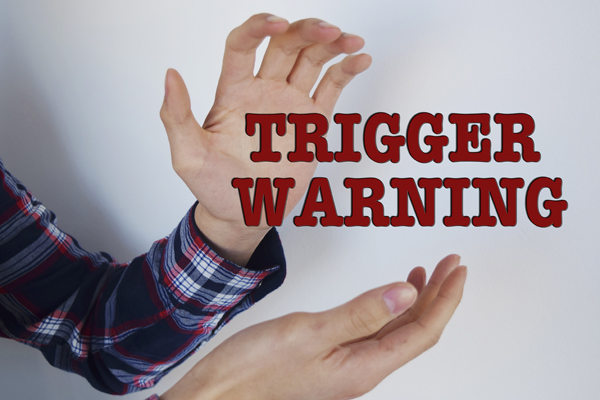Here are some examples of art censorship and what they can teach us about resistance.
censorship
Banning books about gender and sexuality in schools does not achieve the desired goal of ‘shielding children’. It simply further endangers them.
In February, Puffin Books became the spotlight of controversy after announcing they were revising Roald Dahl’s children novels. However, the move is not only poor but performative.
On Oct. 22, the Fulcrum’s Facebook page was unpublished for, allegedly, breaking Facebook’s page policies. Which policies? We couldn’t tell you. Since then, our editor-in-chief has launched two appeals to Facebook, but we still have yet to hear back from the social media giant.
“The Committee is therefore against the exclusion of words, works or ideas in the context of respectful academic presentations and discussions whose educational goal is to promote the dissemination of knowledge,” wrote the Committee on Academic Freedom in its report.
The SFUO had no right to delete these comments. After all, this is not their personal Facebook page where they can just block whoever disagrees with them (@JimWatsonOttawa). At the end of the day, the people they disagree with are still people they represent.
How has the Postmedia, Sun media merger affected Canada’s print media landscape since the deal was finalized in March? Media critics Jesse Brown, Vivian Smith, and Kelly Toughill weigh in on this contentious issue.
If you’re happy and you know it, don’t clap your hands—that’s been banned.
Although this is a horrible practice, the act of trying to repress or alter information is useless, since it usually produces the opposite of its desired effect.
Going forward, gamers need to move away from this old idea that the media and government are out to get them. All this does is breed paranoia and mistrust that inevitably leads to hatred, threats, and online harassment.












